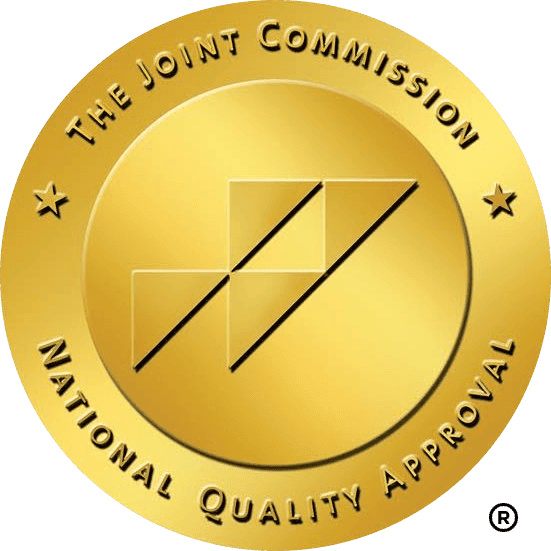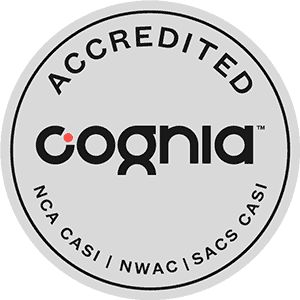Teens know a lot about drugs and alcohol. They may even know more than their parents, mostly because of social media. We’ve gathered pertinent facts that parents need to know about how teens use drugs and alcohol. There’s some good and bad news buried within these facts. For example, the use of alcohol may be declining in many adolescent age groups. However, specific types of drug usage are up among certain age groups. Here’s what you need to know.
Marijuana Usage Facts
Though there are no reports of teens dying from using marijuana, users have sought treatment in emergency rooms for a variety of reasons related to smoking weed. Some teens have experienced side effects from smoking high amounts of marijuana. Others have felt uncomfortable after ingesting edible marijuana. Nevertheless, statistics show that more teens are accepting of the drug.
- Daily use of marijuana has increased among upper middle school grades and in high school. The percentage of teens who think regular use of marijuana is dangerous has trended down since the mid -2000s, according to drugabuse.gov.
- It seems, however, that fewer teens perceive marijuana as easy to obtain, even though more states have legalized it and expanded state medical marijuana laws, according to drugabuse.gov.
- The largest increase in marijuana use comes from vaping. Vaping weed by high school seniors has significantly increased.
- THC, the active ingredient in marijuana, is nearly five times stronger than it was 20 years ago. However, teens don’t find this to be a factor in their decision to smoke, according to dosomething.org, a non-profit organization for young people who want to bring global social change.
Opioid and Other Illicit Drug Usage Facts
In 2018, statistics showed that 128 people in the United States died every day from overdosing on opioids. Opioids include prescription pain relievers, heroin, and synthetic opioids such as fentanyl. The latest statistics from 2014 to 2015 show that teen deaths by drug overdosing increased by 19 percent. However, even more disturbing is the fact that non-fatal teen opioid overdoses don’t get effective or timely follow-up medical or addiction treatment, which may lead to recurrent overdose attempts.
- More teens die from prescription drugs than from heroin and cocaine combined, according to dosomething.org.
- About 60 percent of teens abusing prescription drugs get them for free from friends and family.
- Heroin use remains low among high schoolers, according to drugabuse.gov.
- The use of LSD has slightly increased among some grades.
- The use of synthetic weed has decreased in high school grades and increased in younger middle school grades.
- The use of cocaine, methamphetamine, and over-the-counter cough and cold medicines has slightly declined in high school because older teens perceive great risk from trying these drugs.
Alcohol Usage Facts
Though alcohol usage among teens may not be quite as rampant today as marijuana use, it’s still a significant health concern of this age group in the United States. The biggest concern is binge drinking. The American Psychiatric Association defines binge drinking as drinking five or more drinks on a single occasion within two hours for males and four drinks within two hours for females.
- By 8th grade, or by age 15, over a quarter of adolescents have tried alcohol, according to dosomething.org.
- Alcohol use, however, including binge drinking, is significantly lower in high school than it was five years ago.
- Although teens between the ages of 12 and 20 drink less than adults, when they do drink, they binge drink, according to the National Institute on Alcohol Abuse and Alcoholism (NIH).
- Based on older statistics from 2010, alcohol is a factor in the deaths of over 4,000 teens under the age of 21 each year, according to NIH.
If you are concerned about your teen’s use of drugs or alcohol, you don’t have to handle the problem alone. Visit turningwinds.com to find an expert community of educators and counselors who have experience with troubled teens and the risky behaviors associated with drug and alcohol abuse.









